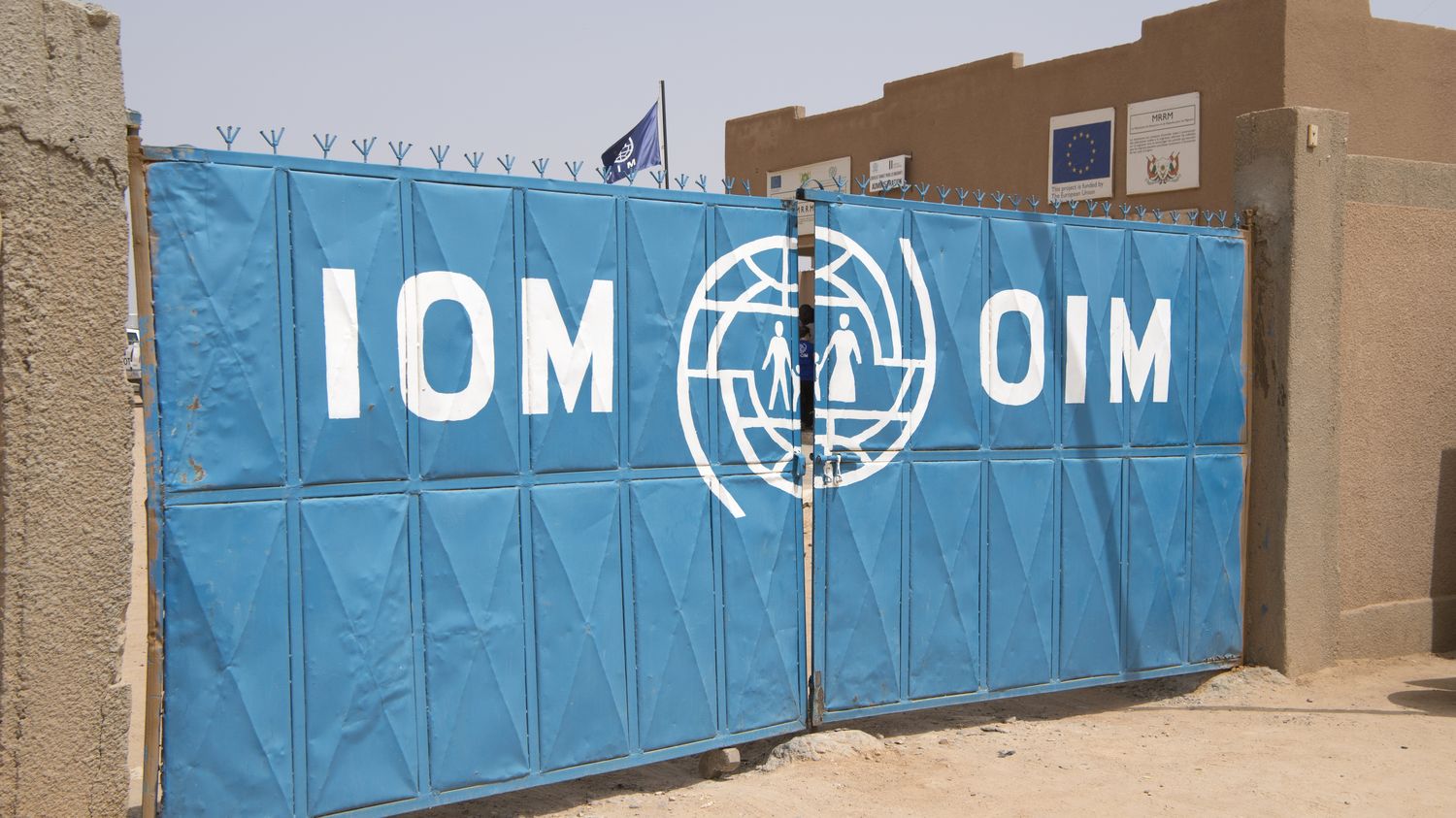Several thousand migrants, who were detained in Libya, are evacuated to Niger before being welcomed by countries in Europe or North America.
Article written by
Posted
Update
Reading time : 1 min.

Since 2017, the emergency transit mechanism of the United Nations High Commissioner for Refugees has ensured the evacuation from Niger of more than 5,500 migrants, considered to be particularly vulnerable. And their care is particularly difficult. These are people who have suffered violence of all kinds: kidnapping, rape, torture, sometimes for years. Medical care is sometimes provided in Libya, sometimes in Niger, where most of these people are housed in a center about an hour from Niamey.
But for these asylum seekers, some injuries are not physical. This is the case of a 22-year-old Somali woman that we met, who stayed four years in Libya: “There, our life was destroyed, our future was destroyed. How many of my friends died in front of me? How can I forget? I still dream about it every night.”
For the most fragile cases, specific care is provided in a center in Niamey, with psychiatrists or psychologists, but also music, drawing or sports lessons. The objective is to allow them to free themselves a little from the demons that haunt them in order to project themselves into the future.
An EU-funded program
Under the emergency transit mechanism, most asylum seekers spend less than a year in Niger, the time to process their cases. They will then be welcomed by countries in Europe or North America. Since 2017, 3,500 evacuees from Libya have been granted asylum and resettled abroad.
This program is funded by the European Union with its Emergency Trust Fund. This mechanism is part of what is called the extra-territorialisation of European migration policy. Today, the European Union seeks to process asylum applications as far from its territory as possible. In Niamey in this case, the emergency transit mechanism makes it possible to do so thousands of kilometers from its borders.
